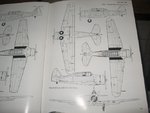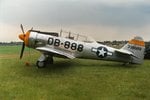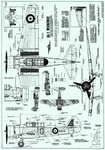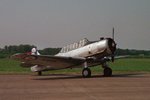pbfoot
1st Lieutenant
Are any of the early North American NA 49 0r 61 called the Harvard MKI still flying
also are any of the wooden winged AT6C's still around I've seen many of T6's and Harvards but can't recall these
also are any of the wooden winged AT6C's still around I've seen many of T6's and Harvards but can't recall these






